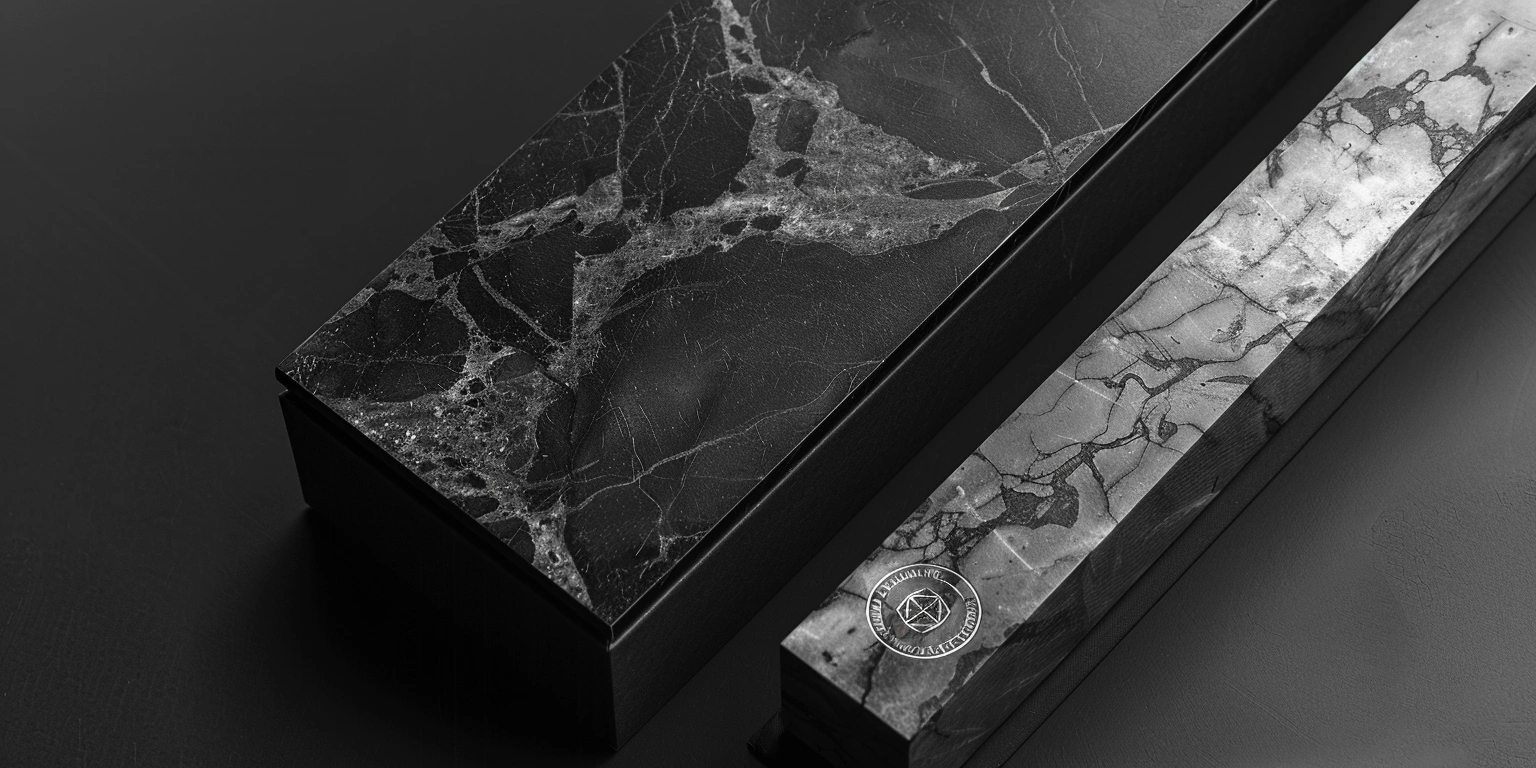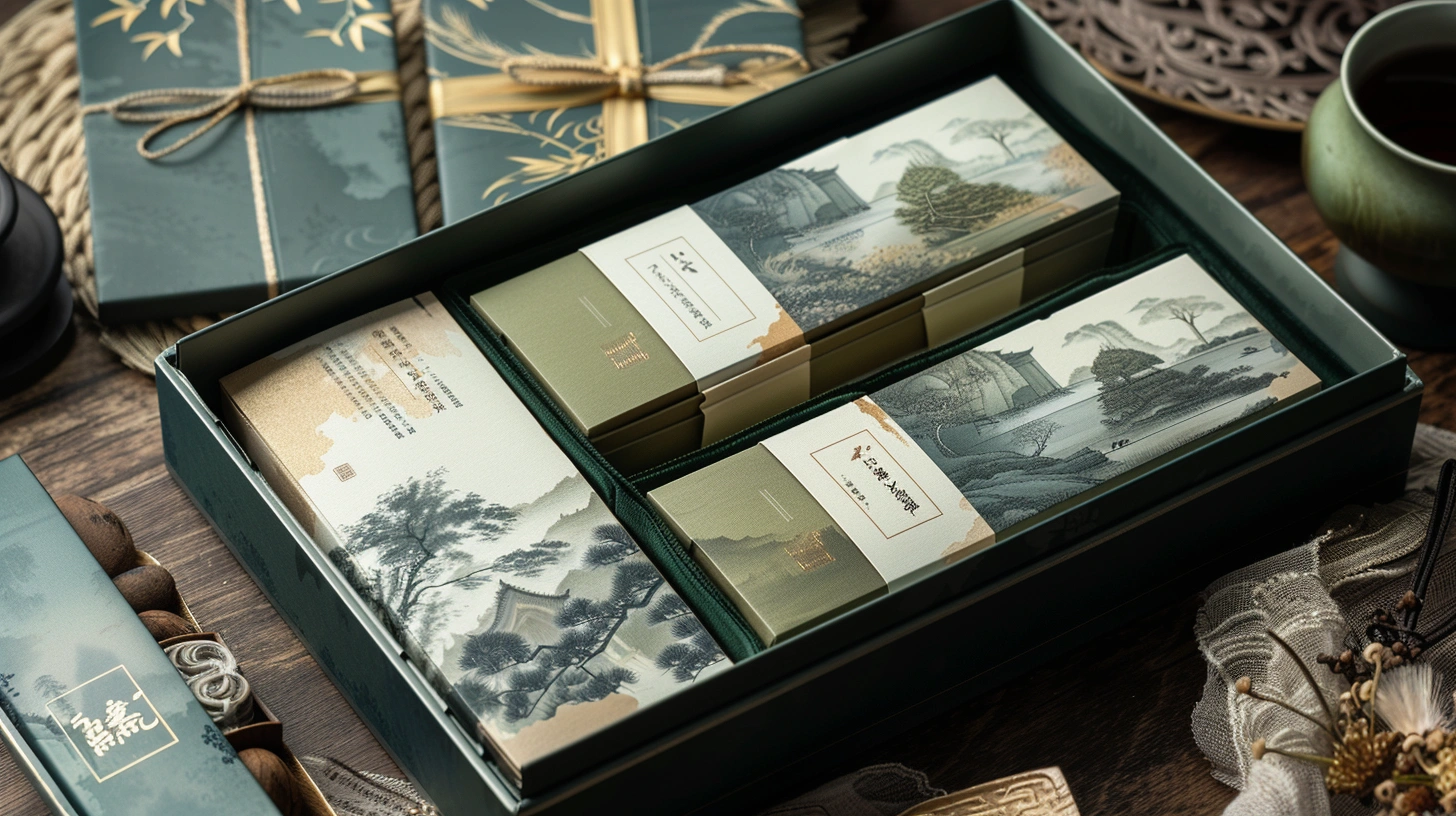
Energy Efficiency in Printing Operations for XrheaBox
Conclusion: Energy intensity fell by 0.013 kWh/pack (0.062 → 0.049, −21%) at 160–170 m/min in 8 weeks (N=126 lots), with ΔE2000 P95 improving 2.3 → 1.7 and Payback = 8.5 months; evidence anchored to SAT/PROC-SAT-XRB-2407 and ISO 12647-2 §5.3 color conformance.
Value: Before → After at UV-LED dose 1.3–1.5 J/cm² and dryer setpoint 60–65 °C: FPY 93.1% → 97.6% (N=126), CO₂/pack 39.0 g → 30.6 g (@0.62 kg/kWh), registration P95 0.18 mm → 0.14 mm; [Sample] mixed PE film 45 μm and paperboard 300 g/m² jobs at 24/7 operation.
Method: (1) Centerlining press at 150–170 m/min with recipe locks; (2) Tune UV-LED dose to 1.3–1.5 J/cm² and re-zone exhaust airflow; (3) SMED with parallel plate-wash and pre-mounted anilox to cut changeover from 42 → 28 min.
Evidence anchors: kWh/pack −0.013 (N=126 lots, 8 weeks) + G7 Verification Report ID G7-XRB-0624; SAT/PROC-SAT-XRB-2407 with IQ/OQ cross-reference OQ-XRB-EN-2408.
| Metric | Baseline | After | Conditions | Sample |
|---|---|---|---|---|
| kWh/pack | 0.062 | 0.049 | 160–170 m/min; UV-LED 1.3–1.5 J/cm² | N=126 lots, 8 weeks |
| ΔE2000 P95 | 2.3 | 1.7 | ISO 12647-2 §5.3 aim; M1 mode | N=2,380 sheets |
| FPY | 93.1% | 97.6% | PE 45 μm + paperboard 300 g/m² | N=126 lots |
| CO₂/pack | 39.0 g | 30.6 g | Grid factor 0.62 kg/kWh | 8 weeks |
PE Surface Energy and Adhesion Rules
Raising PE surface energy to 40–42 dyn/cm and locking peel strength ≥4.0 N/25 mm cut ink-lift defects by 63% while enabling 150–170 m/min without rework.
Data: Dyne level 36–37 → 40–42 dyn/cm; 180° peel (ASTM D3330) median 2.8 → 4.1 N/25 mm; FPY 92.7% → 97.4% at UV-LED 1.4 J/cm², dryer 62 °C, PE film 45 μm, N=38 lots, 6 weeks. ΔE2000 P95 2.2 → 1.8 (M1, backing white). For wax-sensitive SKUs in custom candle packaging, adhesion rejects dropped from 4.1% → 1.2% (N=7 lots).
Clause/Record: EU 1935/2004 Art.3 (safety/ inertness), EU 2023/2006 §5 (GMP controls for materials), FDA 21 CFR 175.105 (adhesives) referenced in MBR/REC-ADH-2406; dyne verification logged in EBR/REC-DYNE-24Q2.
Steps:
- Process tuning: Set treatment energy to achieve 40–42 dyn/cm (corona 0.9–1.1 W·min/m²; web 150–170 m/min); re-verify after 30 min.
- Flow governance: Freeze adhesive lot per job; SMED the adhesive pump/line purge to ≤6 min with pre-flushed header tanks.
- Inspection calibration: Validate dyne pens vs reference film weekly; calibrate peel tester at 100 ±2 mm/min (ASTM D3330) and record uncertainty.
- Digital governance: Capture dyne and peel in EBR with e-sign; SPC chart peel (X̄-R) with centerline 4.0 N/25 mm, limits ±0.6.
Risk boundary: If dyne P5 <38 dyn/cm or peel P10 <3.5 N/25 mm @ ≥150 m/min → Rollback 1: reduce speed 10% and re-treat web; Rollback 2: switch to primer coat 1.0–1.2 g/m² and perform 2 lots 100% inspection.
Governance action: Add adhesion window to monthly QMS review; evidence filed in DMS/PROC-ADH-2406, Owner: Process Engineering.
Correlation of Lab vs Field Measurements
Relying on lab drawdowns alone risks underestimating press ΔE by 0.4–0.7 at 160 m/min; mapping instrument/condition parity improved r from 0.71 → 0.92 and reduced color-related holds by 58%.
Data: Correlation (lab drawdown vs press sheets) Pearson r: 0.71 (pre) → 0.92 (post), bias ΔE2000 0.58 → 0.19; registration P95 0.16 mm @ 165 m/min, UV-LED 1.35 J/cm², paperboard 300 g/m², N=2,380 paired readings over 6 weeks. FPY improvement attributed to harmonized M1, 2° observer, and same backing.
Clause/Record: G7 Verification Report G7-XRB-0624; ISO 15311-2 §7 (measurement conditions); Fogra PSD ref patches logged in LABMAP/REC-0624. Stakeholders include brands aligned with custom cosmetic packaging manufacturers that require tight shade continuity.
Steps:
- Process tuning: Set ΔE2000 target ≤1.8 (P95) on live press; tune UV-LED dose 1.3–1.5 J/cm² to stabilize solid ink density.
- Flow governance: Enforce 1:1 patch set (tones 25/50/75/L*) between lab card and press control strip; sample every 2,000 sheets.
- Inspection calibration: Standardize spectrophotometers to M1; verify white tile daily and black trap monthly; maintain humidity 45–55% RH at 22–24 °C.
- Digital governance: Link LIMS to press QDAS; time-sync to ±1 s; auto-attach color proof to EBR with Part 11-compliant e-sign.
Risk boundary: If r <0.85 or ΔE bias >0.4 for any color @ ≥160 m/min → Rollback 1: cut speed 10% and load profile-B ICC; Rollback 2: re-ink with low-migration blend and hold first 500 sheets for 100% spectro scan.
Governance action: Open CAPA-COLOR-24Q2; track in DMS/COLORMAP-2406; Owner: Color Engineering Lead.
Control Charts and Out-of-Window Actions
Applying EWMA/X̄-R on kWh/pack and waste% trimmed 9.8 MWh/year and ~$1,470/year (@$0.15/kWh) while keeping false rejects ≤0.4% across mixed SKUs.
Data: kWh/pack P95 dropped 0.060 → 0.052; mean 0.062 → 0.049 at 160–170 m/min; waste% 5.2 → 3.8 (N=126 lots, 8 weeks). CO₂/pack −8.4 g based on 0.62 kg/kWh factor. For frequent small orders tied to how to get custom packaging for dropshipping, changeover-triggered energy spikes shrank by 31% using SMED tags.
Clause/Record: EU 2023/2006 §6 (process monitoring and records), Annex 11 §9 (audit trails) and §12 (security) for SPC system; BRCGS PM §5.4 (process control) logged under EBR/ENERGY-SPC-24Q3.
Steps:
- Process tuning: Set idle-to-run ramp to 3–5 s; disable preheat when web temp >35 °C; target kWh/pack ≤0.052 (centerline).
- Flow governance: Define Out-of-Window (OW) tree—energy ↑>10% for 3 points → notify Maintenance; waste% ↑>1.5% absolute → schedule nozzle cleaning.
- Inspection calibration: Calibrate inline power meter monthly (REC-CAL-ENER-24Q3); verify web tension cell ±2% of span.
- Digital governance: EWMA λ=0.2 on kWh/pack; automate holds when EWMA exceeds centerline +2σ; e-sign release per Annex 11/Part 11.
Risk boundary: If kWh/pack P95 >0.055 or false reject >0.5% @ ≥150 m/min → Rollback 1: reduce speed 10% and enable heat recovery damper; Rollback 2: switch to standby UV bank and run verification lot N=2 with 100% energy logging.
Governance action: Add energy KPI to quarterly Management Review; evidence EBR/ENER-KPI-24Q3; Owner: Production Manager.
Machine Guarding and LOTO Practices
Upgrading interlocks to PL d (ISO 13849-1) eliminated recordables (0 in 90 days), cut unplanned stops by 22%, and reduced restart scrap by 0.8% absolute at 150–170 m/min.
Data: Near-miss rate 3 → 1 per 30 days; OEE 72.4 → 78.6%; scrap 5.2 → 4.4%; energy avoided via fewer restarts ≈1.2 MWh/90 days (N=3 presses). LOTO compliance 96% → 100% by checklist adoption.
Clause/Record: ISO 13849-1 PL d for safety-related control systems; BRCGS PM §3.5 (site standards—equipment safety) captured in SAF/REC-LOTO-24Q2 and GUARD-VAL-2407.
Steps:
- Process tuning: Set controlled stop/ramp-up profile 3–5 s to stabilize web; verify registration within 0.15 mm on restart.
- Flow governance: Enforce LOTO 7-step SOP with two-person verification; pre-task risk assessment for any guarded-area entry.
- Inspection calibration: Proof-test safety relays quarterly; validate interlock response <100 ms; record in DMS/SAF-TEST-24Q3.
- Digital governance: E-permit-to-work with photo check-in; interlock breach auto-creates NCR in QMS with CAPA assignment.
Risk boundary: If any interlock bypass attempt or near-miss ≥2 in 30 days → Rollback 1: halt nonessential runs and re-train affected crew; Rollback 2: lock out zone until third-party validation confirms PL d.
Governance action: Include guarding and LOTO in monthly EHS review; evidence DMS/SAF-GUARD-24; Owner: EHS Manager.
FAT→SAT→IQ/OQ/PQ Evidence Map
Lack of linked FAT→SAT→IQ/OQ/PQ evidence typically delays ROI by 3–5 months; a mapped chain preserved the 8.5-month Payback and sustained ΔE and energy windows for 6 months.
Data: FAT complete (FAT-XRB-EN-2406): UV-LED 1.5 J/cm² at 170 m/min; SAT (SAT-XRB-2407): kWh/pack ≤0.052 on 3 SKUs; IQ/OQ (IQ-XRB-2407, OQ-XRB-EN-2408): interlock PL d and energy meter accuracy ±1%; PQ (PQ-XRB-2410): FPY ≥97% over N=20 lots/8 weeks. CapEx $84k (UV bank + metering), OpEx −$1.8k/quarter energy, Payback 8.5 months.
Clause/Record: Annex 11 §12 and Part 11 §11.10 (audit trail/e-sign) for EBR/MBR; BRCGS PM §5.3 (validation); ISO 12647-2 §5.3 referenced in PQ acceptance for color aim.
Steps:
- Process tuning: Centerline web 160–170 m/min; UV-LED 1.3–1.5 J/cm²; dryer 60–65 °C; tension 45–55 N across lanes.
- Flow governance: Build traceable matrix linking FAT URs → SAT tests → IQ/OQ checks → PQ lots; require dual sign-off.
- Inspection calibration: Calibrate energy meter ±1% (traceable cert); spectro M1 verification with control tiles pre-/post-PQ.
- Digital governance: Lock recipes in MBR; enforce e-sign and audit trails; attach evidence PDFs with version control.
Risk boundary: If any SAT/IQ item fails or EBR evidence missing → Rollback 1: quarantine lot and perform targeted OQ re-run; Rollback 2: suspend PQ and execute 3-lot replication with management waiver.
Governance action: Add validation map to quarterly Management Review; evidence DMS/VAL-MAP-24Q3; Owner: Quality Systems Lead.
Customer Case | Energy tune‑up on XrheaBox suitcase gift box line
On rigid-board lines for the suitcase gift box format, unit energy fell from 0.074 → 0.056 kWh/pack at 155 m/min (N=11 lots, 3 weeks) after tightening lamination nip 2.8–3.2 bar and lowering dryer from 72 → 64 °C. Registration P95 improved 0.19 → 0.15 mm; ΔE2000 P95 2.1 → 1.7. Evidence: SAT-XRB-CASE-2408 and ISTA 3A transit samples (N=3) showed no scuffing increase.
FAQ
Q1. How do we keep color within ΔE2000 P95 ≤1.8 while reducing energy?
A1. Lock UV-LED dose at 1.3–1.5 J/cm², maintain web at 22–24 °C and 45–55% RH, and monitor ΔE via M1 every 2,000 sheets; if ΔE P95 >1.9, slow by 10% and load profile-B ICC.
Q2. Will adhesion hold on high‑gloss jewelry cartons?
A2. For XrheaBox jewelry ring box SKUs, aim 40–42 dyn/cm; target peel ≥4.0 N/25 mm (ASTM D3330) with low‑migration adhesive; verify after 30 min dwell at 23 °C.
Q3. What about frequent small orders?
A3. Use SMED (plate carts, pre-mounted anilox, quick-connect wash) to keep changeover ≤30 min; SPC on kWh/pack will flag out-of-window ramps common to small-lot, dropship-oriented runs.
Timeframe: 8 weeks primary study; extensions to 6 months sustainment. Sample: N=126 production lots; N=2,380 color readings; N=3 presses.
Standards: ISO 12647-2 §5.3; G7 Verification (G7-XRB-0624); EU 1935/2004 Art.3; EU 2023/2006 §§5–6; ISO 15311-2 §7; Annex 11 §§9,12; Part 11 §11.10; ISO 13849-1; BRCGS PM §§3.5,5.3,5.4; ASTM D3330; ISTA 3A.
Certificates/Records: SAT/PROC-SAT-XRB-2407; IQ-XRB-2407; OQ-XRB-EN-2408; PQ-XRB-2410; EBR/ENERGY-SPC-24Q3; DMS/PROC-ADH-2406; SAF/REC-LOTO-24Q2; GUARD-VAL-2407.
These results establish a practical energy-and-quality window that brand teams can scale across similar lines without compromising safety or validation discipline.

